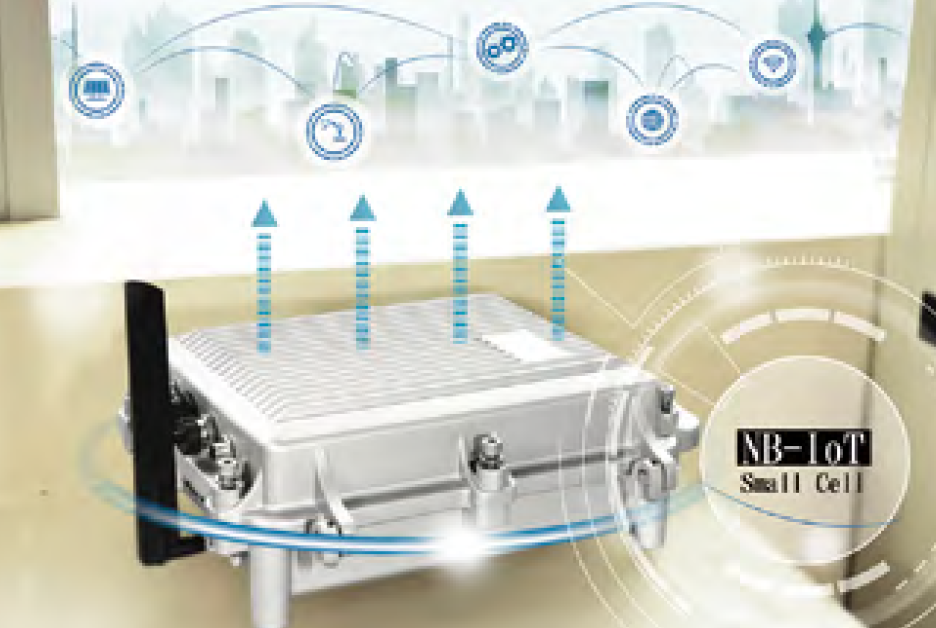
For people living in urban areas, obtaining information on the movement of buses is hassle-free. We simply switch on our mobile phones, open the app, and enter the bus route to gain all necessary information. However, for remote areas with incomprehensive Internet coverage, waiting a long time for buses is a part of daily life. The bus stops equipped with crank generators developed by the Smart Systems Institute (SSI) resolves the difficulties for riding on buses in remote areas.
The SSI R&D team developed the Hybrid Mass LINK crank generator
smart bus system with the primary aim of resolving the issue of not
knowing how long people have to wait if they miss a bus due to the
low number of buses in remote areas. SSI seeks to use technology to
provide solutions for transportation issues in remote areas even with
limited funding for construction.
The crank generator smart bus system is equipped with Hybrid
Mass LINK technology and it integrates two types of wireless
communication technologies including NB-IoT and LoRa. It removes
the need for complicated network distribution work procedures. The
external appearance is similar to regular bus stops but equipped with
solar panels on top and a crank handle below. Each stop on the bus
stop sign has an indicator light. To find out where the bus is, simply
turn the crank handle to start the connection and the light of the bus
stop where the bus is at will be lit.
The service received recognition from the Ministry of Transportation and Communications and it was deployed in
pilot programs in Jianshi Township, Hsinchu County and the Linglan Ecological Farm in Malingkeng, Qidu District,
Keelung. The R&D project also won global recognition in the R&D 100 Awards.
The R&D results may be invigorating but the process was
precarious. The first issue faced by smart bus stop with crank
generators is the selection of the data transmission system
in remote areas with low 3G/4G coverage. Fortunately, the
Hybrid Mass LINK developed by the team provides two types of
transmission modes including NB-IoT and LoRa which enhanced
the Low-Power Wide-Area Network (LPWAN) technology and
operates under authorized or unauthorized frequencies. It uses
small-scale data transmission for long-distance communication and
it has advantages such as low-power consumption and wide-area
coverage. The use of the technology in the smart bus stop with
crank generator provides anti-interference capabilities, ultra-sensitive receiving capabilities, and high transmission
success rate. The transmission distance can reach 200km or above within visual range.
The other issue is power supply. SSI found manual power generation to be the most reliable and it can operate in the
rain and at night. It is simple, easy to use, and easy to maintain and it can be cranked easily by children or the elderly.
The Smart City Taiwan concept covers a wide range of ideas. It can be a complicated IoT system in cities or simple
applications in remote areas. It provides a human touch to the smart bus stops with crank generators and it is the
optimal interpretation that technology connects people.
